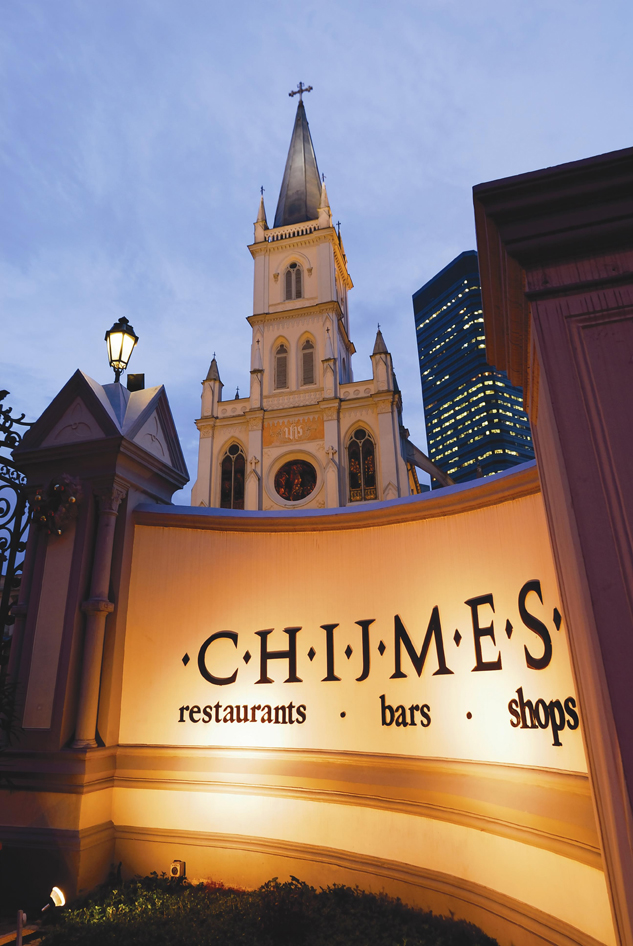In an ever-changing region, historical locations have assumed surprising new guises

complex took five years to complete and cost S$100m
As soon as Al Gore revealed his inconvenient truth, the liberal appetite for reconstruction went into overdrive. From the clothes we wear to the books we read, it suddenly became cool to give everything we own a second life. But it is easy to overlook the fact that the places we visit are often recycled as well. In a region with a history as tumultuous as that of Southeast Asia, it is no surprise that some locations have extraordinary back-stories.
Singapore’s glamorous high-rises and hypermodern construction projects do a good job of obscuring the city-state’s cultural history, but in the heart of downtown Singapore, it is easy to stumble upon unexpected remnants of a different era. The glossy Chijmes complex was known in the not-too-distant past as the Convent of the Holy Infant Jesus. The 19th century convent, once envisioned as the embodiment of austerity, now serves as a lush commercial centre, harbouring shops and restaurants. It was the strictest of French Catholic orders that founded Chijmes as a school for girls, an orphanage and a refuge for women, but the elegant neo-gothic chapel where the Chijmes women once held their Sunday services can now be rented to stage extravagant gala dinners.
Hotel Majapahit in Surabaya, Indonesia, is known today as one of the most beautiful colonial hotels in the region. Lounging in the enclosed garden, one would never suspect the dark chapters of its past. A member of the famed Sarkies clan, which left a trail of luxury hotels strewn across the region, built the hotel in 1910 in what was then the Dutch Indies. Early on, the resort was a vision of decadence and splendour, but in 1942 when the Japanese occupied Java, they turned the hotel into a prison for Dutch women and children on their way to central Java’s war camps. Among the thousands who perished in these camps was the wife of the hotel’s founder. After the war, the Majapahit returned to its roots as a luxury resort, while an extensive renovation in the 1990s assured that the hotel is now known as one of the finest in Asia.
Just outside the Ho Chi Minh City airport, Cafe May Bay – a popular hangout for students from the nearby flight-training centre – is nothing special in itself, yet its location under the only Boeing 707 in Vietnam is anything but ordinary. While sipping a coffee, one cannot help but wonder how a plane that was so state-of-the-art in the 1970s that Vietnam did not even have a pilot trained to operate it, ended up here. During wartime, Pan Am Airlines had operated the Boeing for the US-backed Saigon government, but when America pulled out of Vietnam the airline confiscated the plane and took it home to the US. Years later, when the government of the reunified Vietnam was asked to open its airspace to American flights, they posed one condition: they wanted their plane back. After six years of service the Boeing was retired to its current location and built into a street cafe.
Empire of the sun
With its legion of options, deciding on dinner in the Chijmes complex can be overwhelming. Aficionados of Japanese cuisine can splurge at Sun Japanese, a restaurant that aims to serve traditional recipes with an exciting new twist at affordable prices. Their signature tofu cheesecake is a must.

